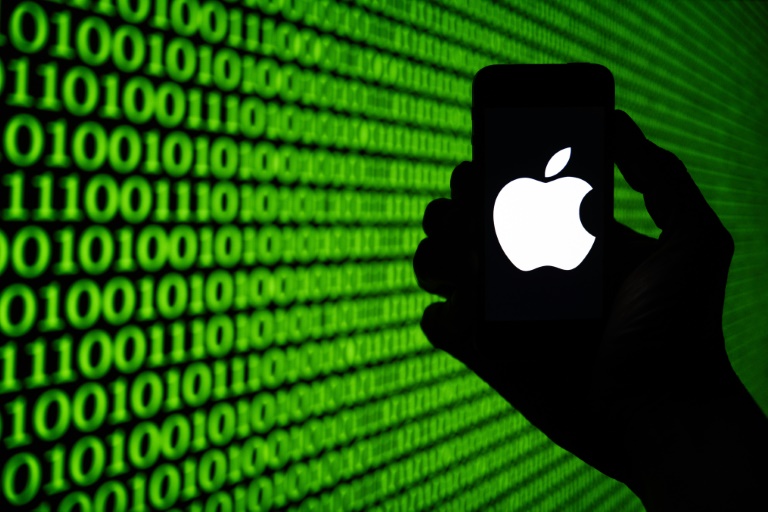Apple appears to be widening its lead over rival PC makers with yet another M-series chip iteration for Apple Silicon.
Just one look at StatCounter’s current macOS data shows the extent to which the company’s move to develop its own Mac processors is invigorating the platform. Apple’s global macOS share now sits at 21.38%, while in the US it enjoys an even more pronounced share in excess of 31%.
Ten years ago, Windows held 85.6% of the US desktop share to 12.86% for the Mac.
The trend toward Mac isn’t new; it’s something we’ve been watching emerge for many years. But the shift to Apple Silicon accelerated the trend. In the last three years, the Windows PC market has grown just 6% while Mac share grew 60%. In Europe, Apple now sells more computers than Dell.
Doing the wrong thing
The right thing to do in a gentleman’s game is to wait for a competitor to catch up, but as most of the OS wars have already shown, the PC market is not that kind of game. That’s why, instead of politely slowing its pace, Apple is accelerating. It wants to press home the platform advantage it now has with Apple Silicon, which, as the company likes to remind us, means it can deliver more computational performance per watt than equivalently priced PC machines.
A Bloomberg report claims Apple could introduce the first Macs to contain its next generation M3 chip toward the end of the year. That’s faster than most of us had expected and means Apple’s Macs will soon deliver even more bang per buck.
The thing is that the company doesn’t really need to do this yet.
Get a Mac? Get more than you need
M2 Macs are already powerful enough for what most users need. The company’s niche, but expensive, Mac Studio and Mac Pro cater to the most demanding users, while the world’s most popular consumer notebook, the MacBook Air, can do at least everything most people use a Mac (or PC) for.
By upgrading its chip architecture again, Apple is striking while the iron is hot. It has already built a processor advantage, and now plans to build an even wider moat between itself and its competition.
“Listen,” the company seems to be saying, “if you want a platform that combines high usability with remarkable user satisfaction levels, then you really should look this way. Not only do we have this, but we have the world’s most power efficient fast processors as well.”
Not just a consumer play
This is significant in consumer markets, but is particularly visible in enterprise tech. Just look at the rapid evolution of Apple-related enterprise services firms since Apple first began offering Mobile Device Management APIs for iOS in 2010. Thirteen years later, this segment of the market has grown from zero to hero with umpteen MDM vendors offering different tools to help secure Apple device fleets in the enterprise.
Once upon a time, Apple ran the popular Get A Mac ads campaign in which actors were cast as the achingly trendy Mac and the endearing yet…
2023-07-17 18:24:02
Original from www.computerworld.com rnrn




















